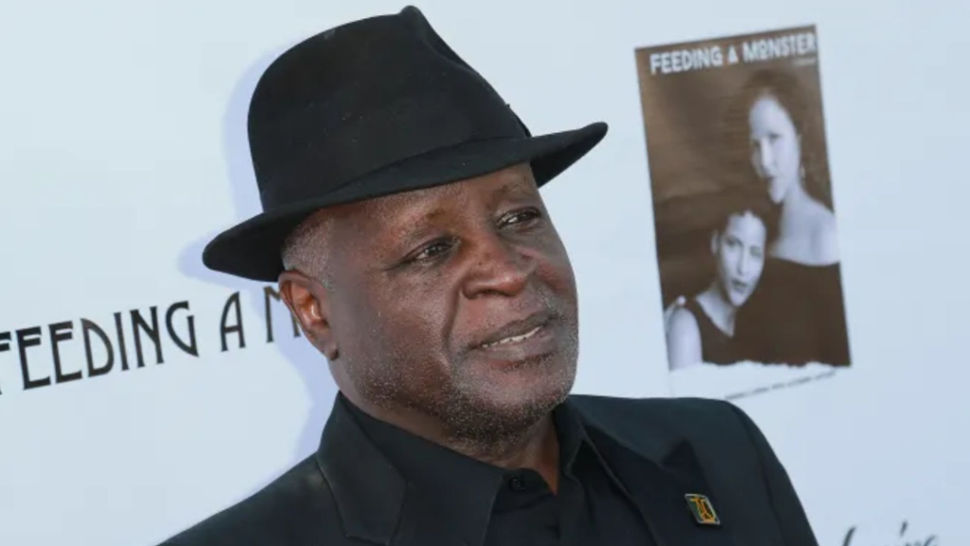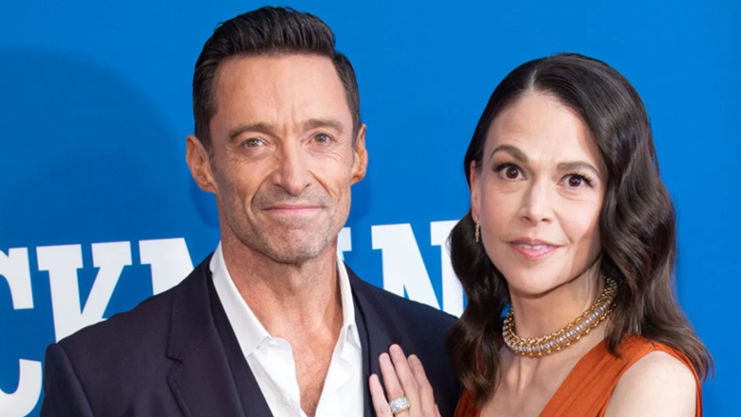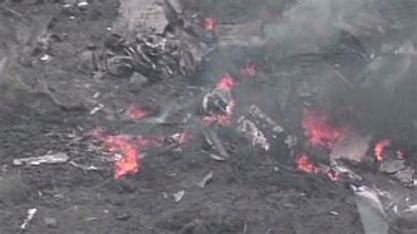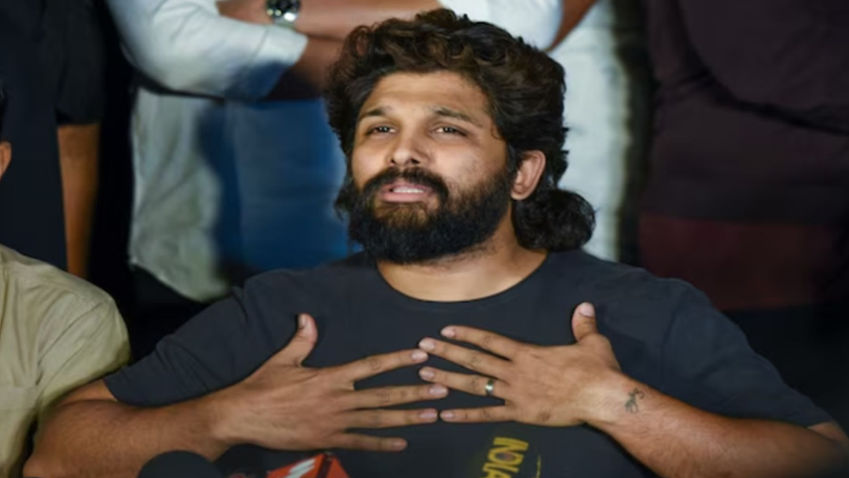The unprecedented pandemic brings with it a huge weight of fear and suffering. Now after lockdown, almost all aspects of human existence are challenged, institutions as we know them, stumble and leadership struggles to give direction to find a way through uncharted waters. Healthcare reassembles itself as all elective procedures are on hold and only OPDS are on and the entire focus is on containing and responding to the challenges of the virus.
Dentistry came to a sudden stop from 22 March 2020, as lockdown after lockdown brought the realisation that there was a serious issue at hand. All clinics were shut, institutions closed and advisories were abound high- lighting the risks of dental care, the virus being a silent passenger of aerosols, salivary glands, the mouth and the very air that was breathed in the close proximity of the patient. Since then, a slew of discussions have only served to highlight the fears and the new challenges of perhaps returning to the analog era from a rapidly advancing digital era of dentistry. The massive influx of technology, newer materials and techniques helped to build a business in India which was valued at roughly $1.36 billion, employing almost 20 lakh people directly or indirectly. 313 recognised institutions with almost 15,000 faculty and staff would add another annual dimension of Rs 1,800 crore and the stakes are high.
Before the pandemic hit and alarm bells rang regarding the lack of job opportunities, less than 50% of the graduating dentists were register- ing with dental councils for clinical practices. Rising costs of infrastructure and equipment, concentration of dental practices in metros had begun to create a negative aura to this profession, which was at one hand being grudgingly accepted as a part of mainstream healthcare. It continued to be the privilege of the wealthy and the elite as all spending was from private incomes, practically no insurance and very little in- vestment by the government to employ dentists or create opportunities in the rural sec- tor. The lack of direction even at the height of the pandemic is very obvious as no clear directions have emerged from the Ministry of Health and Family Welfare on resumption of dental practices. Advisories are there from the Dental Council and the professional associations but at the end of the day, executive directions can only be issued by the administration. A proposal to create DGDS in the Health Ministry was tabled to handle direct responsibility and regulate the dental profession but it languishes at the lack of interest and intent.
The road ahead
1. The lack of financial support will seriously impact the young dentists who entered into practice carrying a huge burden of rentals and loans. This has a huge impact as earnings dropped to zero at the beginning of the lockdown and after and the return will be slow with additional costs of PPEs, masks, trained assistants, limited appointments and the inherent fears that abound in the minds of doctors and patients both on the virulence of the virus. Add to this, the fear of quarantines and health issues in the event of a possible infection and the ripple effects begin to gather furious momentum. Is there a bail out? No one knows.
2. The practices and clinics were unregulated and not really meeting the baseline norms of asepsis and infection control before the pandemic. The first attempt to regulate was made by the government in the form of the ‘Clinical Establishments Act’ which defined the minimum requirements for both rural and urban practices. This was to be implemented in full measure and will need to be done if dentistry has to return to its position in mainstream health care.
3. Dental institutions will have to transform to provide departments of bio-safety, create adequate processes in the clinics as the fears and threats are real. Students will need training in infection control protocols, standards drill beyond the webinars and luminaries who espouse unreal wisdom. The positive aspect is that as international travel and living overseas un- veils the threats to students, there will be a return to In- dian institutions and those who transform and adapt will not only survive but flourish, after all a population of 1.3 billion people will always have oral healthcare needs.
4. Dental treatment will have to return to realism and efficiency with minimal contacts, greater reliance on diagnostics and skills rather than a massive influx of apparent technology and advertising. The whole concept of cost of care will need to be redefined. It will be about value and not just availability.
5. Investment in training of dental assistants and para- dental staff will be worth the while as the new dentistry will need a set of people with skills in infection control and assisting. This could open up an entire new field for dental institutions with excess capacity as it is and certificate courses would be very much in demand.
6. Investment in manufacture of dental materials and equipment with an export focus is very much a possibility. As global supply chains are suspended, China-centric manufacture will shift and could go in favour of intrinsic manufacture and marketing. If we are the pharmacy to the world, so could it be for dental materials and equipment.
7.We are in the midst of a population shift from urban to rural. It’s time for the government and private players to look at dental setups in rural India.
The virus is here and while there is a hushed silence, it has not solved all the issues of oral health. The world is rebooting and so should dentistry in India. There may be a lull but all is not lost. It may be a slow re- turn but return we will; after all, India has shown tenacity and resilience in the face of all adversity. Dental Council of India is putting all efforts under the Health Ministry for better outcomes.
Dr Anil Chandna is the executive member of Dental Council of India and Dr Anmol Kalha is a senior dentist.







